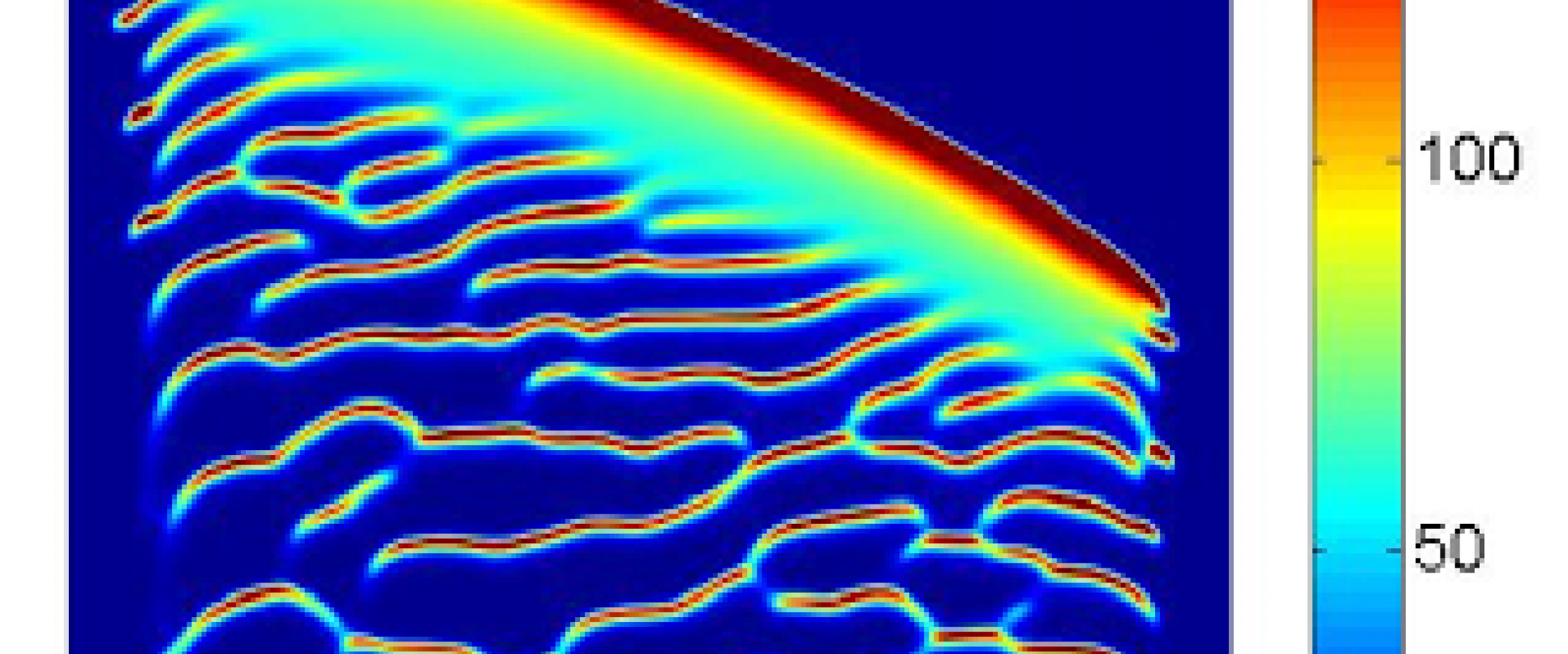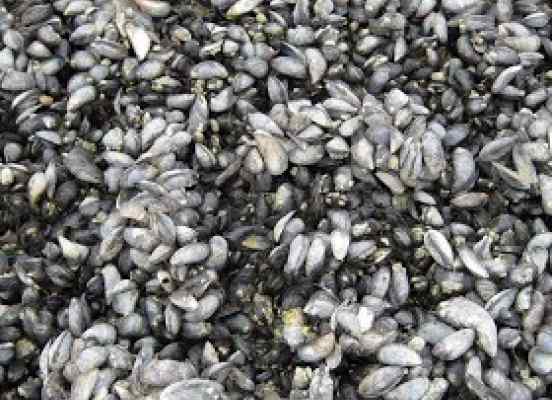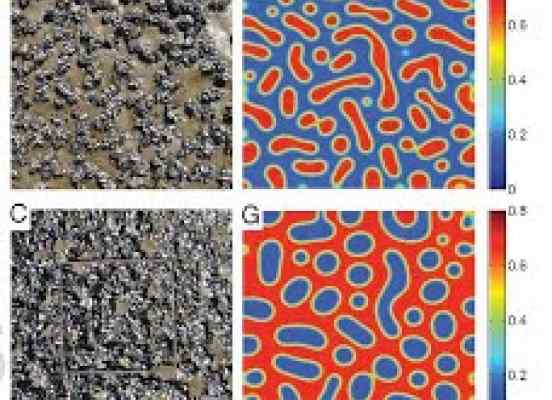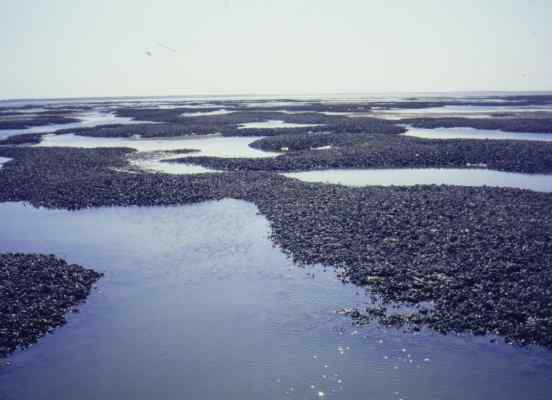Description
Theoretical models highlight that spatial self-organized patterns can have important emergent effects on the functioning of ecosystems, for instance by increasing productivity and affecting the vulnerability to catastrophic shifts. However, most theoretical studies presume idealized homogeneous conditions, which are rarely met in real ecosystems. Using self-organized mussel beds as a case study, we reveal that spatial heterogeneity resulting from the large-scale effects of mussels on their environment, significantly alters the emergent properties predicted by idealized self-organization models that use homogeneous conditions (see Liu et al 2014, J. Roy. Soc. Interface).
Areas of research
- Ecology




